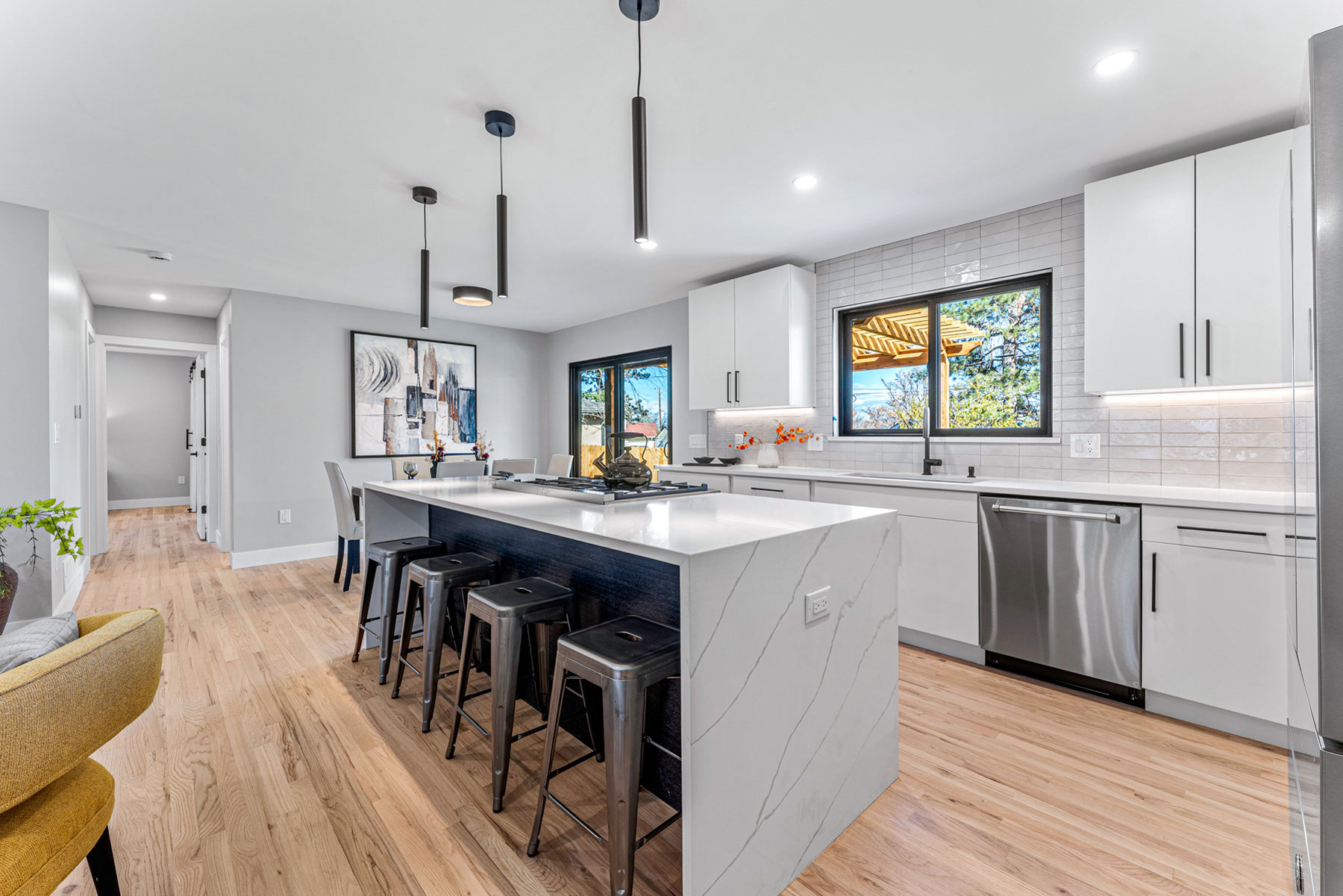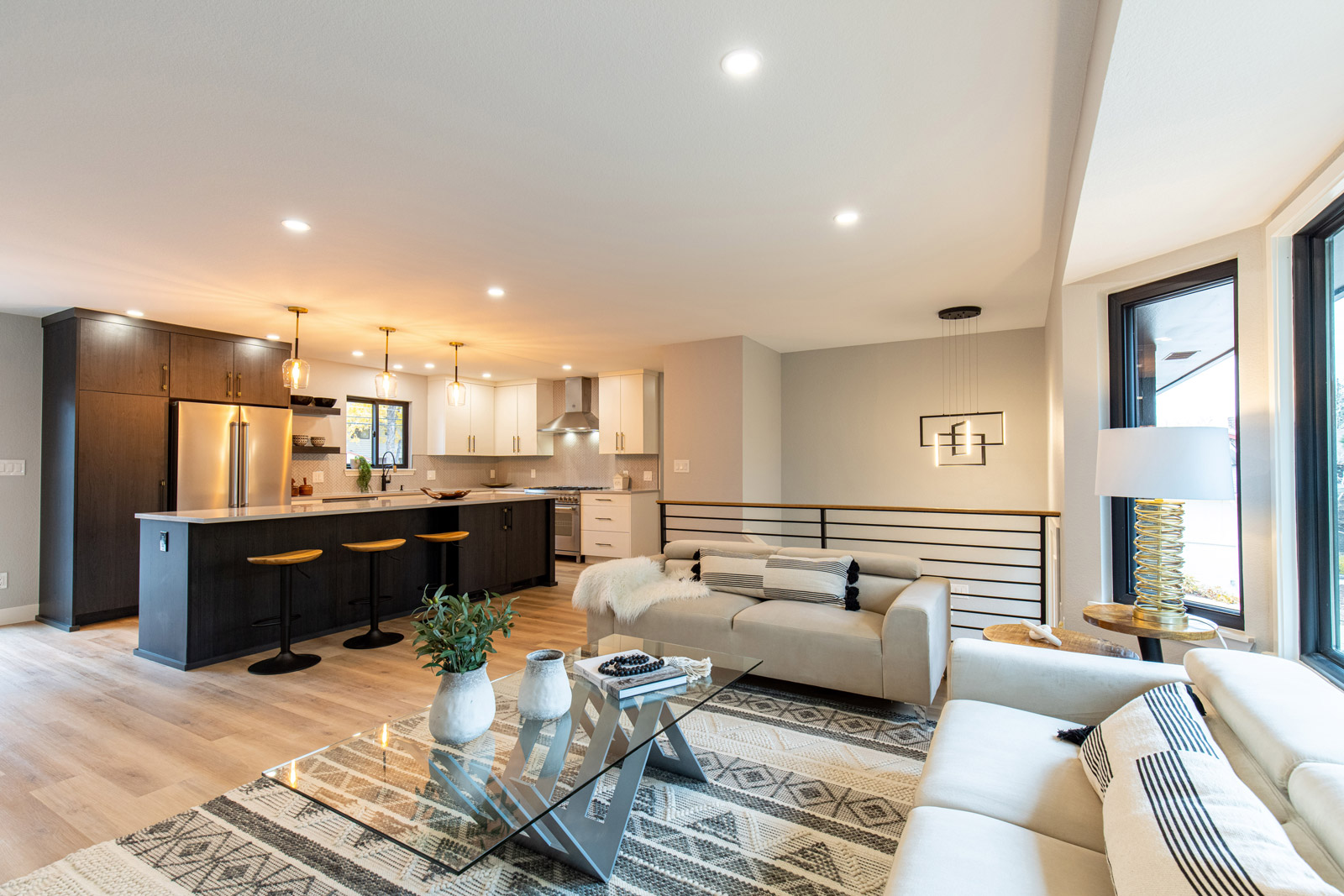SUMMARY: Most older adults would like to keep living in their current homes long-term throughout their retirement, yet aren’t taking the necessary steps to suit their homes for this endeavor. Here we take a deep dive into why a full re-evaluation of your home is necessary for a successful aging-in-place, and provide a list of home modifications to consider as you begin remodeling in retirement.
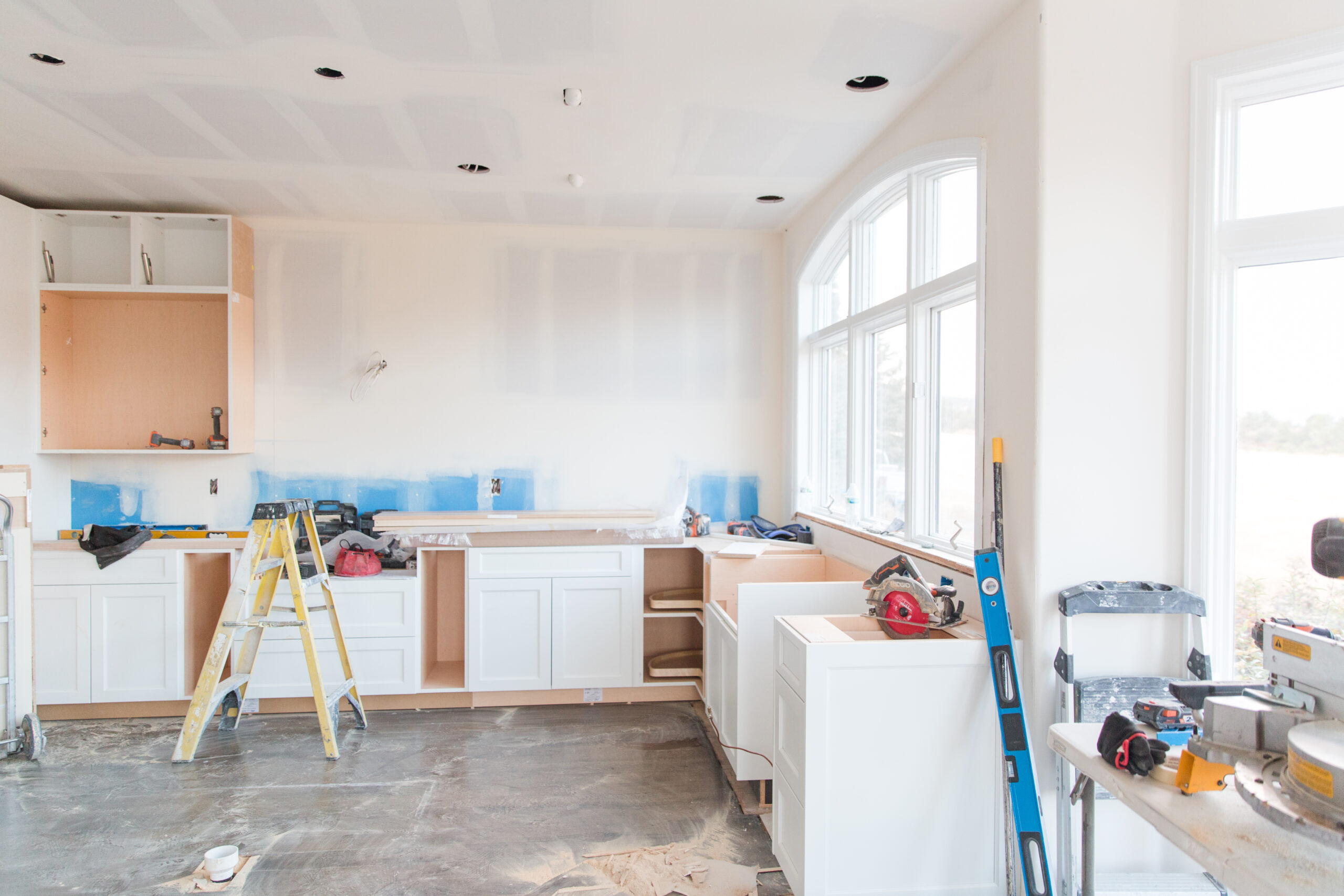
“Three-quarters of those 50+ would like to stay in their current homes or communities for as long as possible,” AARP discovers in a 2021 survey, yet the number of those who recognize the need for modifications to their current home is significantly lower—and the number of people taking the necessary steps to make those modifications is even lower.
But why? One of the major reasons is that many people don’t consider making these changes until a medical situation forces them to do so, which can be really too late. Instead of a reactive measure, smart modifications for a comfortable long-term retirement in your home should be part of a proactive, forward-thinking retirement plan.
"Many people don’t consider making these changes until a medical situation forces them to do so, which can be really too late."
Choosing to live independently in the home and community you’re familiar with, also called aging in place, has many benefits and is becoming increasingly popular as older adults plan for their retirement.
Aging in place helps you:
- Enjoy a better quality of life while staying connected to loved ones
- Preserve independence, comfort, and safety as you age
- Stay in the place you call home
- Save money compared to retirement homes or assisted living communities
Let’s get into how a full remodel can help you achieve these goals.
Why a Full-Scale Remodel is Necessary for Aging in Place
A successful aging-in-place remodel involves a reevaluation of every room in your home, and here’s why: most current housing design does not support the older demographic.
The majority were designed and built following the same design elements from the postwar housing boom: designed for young families to be able to raise children comfortably into their 30s, 40s, and maybe into their 50s. The older demographic was not considered, as the life expectancy was around 70 years old at the time (CDC.gov).
As life expectancies have changed with modern medicine and values have shifted since then, these same spaces have become quite impractical. And as more and more retiring adults are planning for aging in place, the design of their homes does not support them in this endeavor. With the decline in mobility that comes with aging, many are coming to realize that their current homes are going to need quite a few modifications in order to provide them with a level of comfort and safety they don’t have to think twice about.
"Most current housing design does not support the older demographic."
A full home renovation is a proactive measure to prevent falls and injuries, make your home easily navigable, and transform the whole space into a low-maintenance place of luxury and comfort.
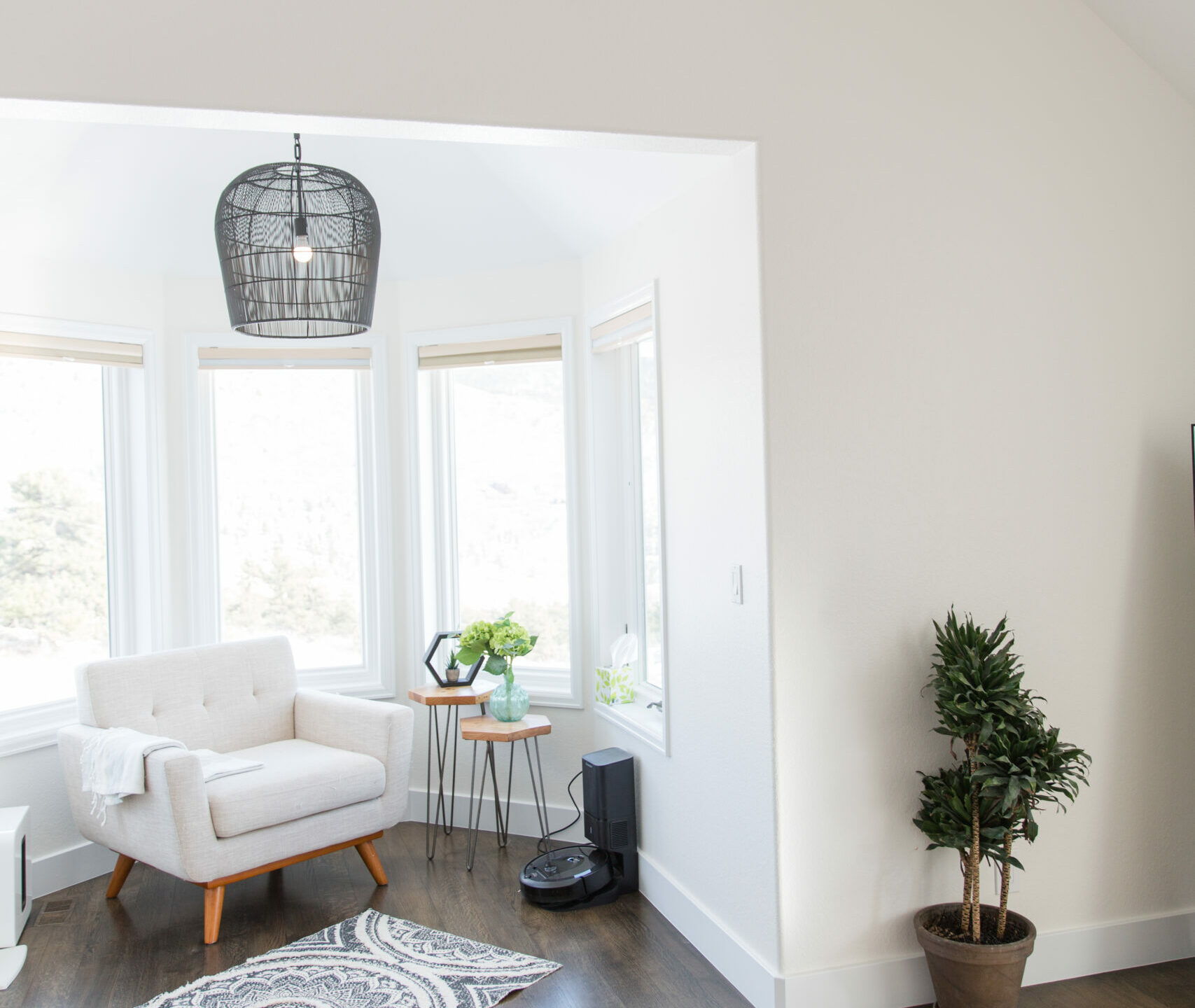
How Can I Change my House for Aging in Place?
This large-scale transformation will be easiest and most efficient when done all at once with the same renovator. (If you’re searching for the key to a successful remodel with a general contractor, check out our guide here!)
That being said, here are a few changes you can expect to make throughout your whole home.
One-Level Living
How to Remodel for One-Level Living
For a functional one-level living experience, a bedroom, full bathroom, kitchen, and laundry room on the main floor (without the barrier of stairs) are necessary, as well as other accessibility features and changes we’ll get into later.
While the home you’ve lived in for years may not be conducive to this, a renovation makes it possible for you to achieve the lifestyle you need and allow you to stay in the home and neighborhood that you love.
A successful home remodel for retirement and aging in place should begin with a careful assessment of your needs as the homeowner. From there, renovations can be made to not only create a one-level living experience but alter the entire space to suit any level of ability and any personal style preferences.
We’ve helped many local homeowners in our Denver community who are planning ahead to spend their retirement in the places they’ve called home for years. We’re proud to have accomplished great results for them, including:
- Building a new master suite on the main floor of a lifetime home
- Completely finishing the basement of a 100-year-old home for retirement
- And more! Ask us about our renovation portfolio.
Why This is Needed For Comfortable Aging in Place
Home modifications, including one-level living modifications, are often seen as a reactive solution to a medical situation, instead of a proactive measure. Thinking ahead with one-level-living home modifications eliminates the struggle of stairs, promotes safe navigation, provides ease of maintenance, and can reduce the likelihood of injuries from falls.
"While the home you’ve lived in for years may not be conducive to this, a renovation makes it possible for you to achieve the lifestyle you need and allow you to stay in the home and neighborhood that you love."
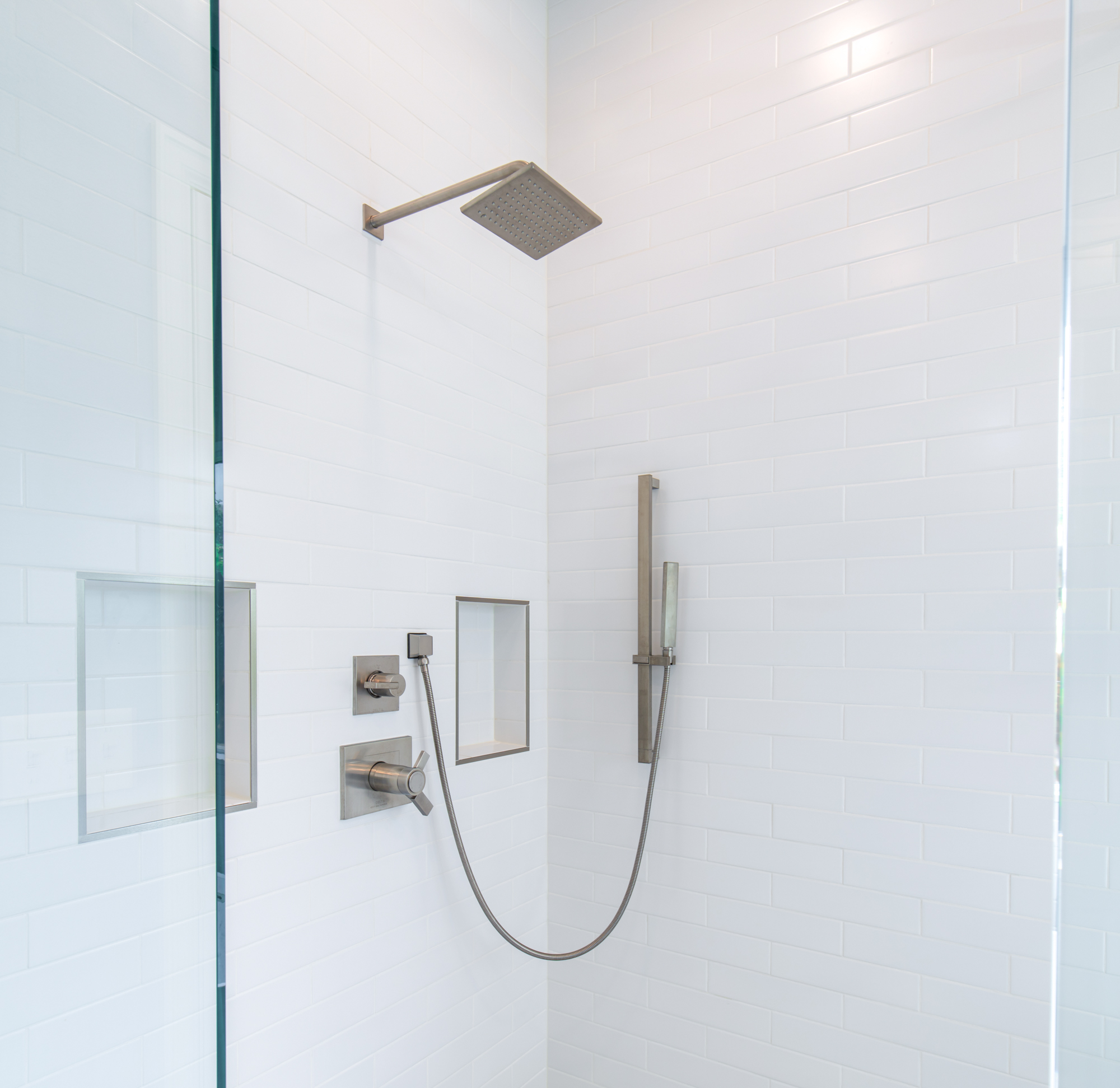
Bathrooms
Your bathrooms are some of the most important rooms you should consider as you plan to remodel for long-term living in your home. And too, a functional and accessible bathroom doesn’t have to mean boring—all of your design and style preferences can be incorporated with a remodel to make your bathroom luxurious for you!
How to Remodel Bathrooms for Aging in Place
First, if your main bathroom is not on the same level as your other living facilities, a new master suite can be built to accommodate the needs of one-level living. This will also allow you to have a bathroom that is the desired size and location to fit your exact living situation.
When it comes to the design of your bathroom, here are a few ways your renovator can help suit your space to your exact situation:
- Doorway. Your bathroom entry can be custom-built to be wider to accommodate wheelchair users.
- Flooring. To reduce the risk of falls, you can choose from a variety of slip-resistant flooring materials, like textured tiles or non-slip vinyl flooring.
- Walk-in/Roll-in Shower. A custom-built shower can be a replacement or addition to your bathtub, giving you a safer, no-barrier, lower-maintenance bathing experience.
- Vanities. Custom vanities are ideal because they can be built to an exact specified height so that you can reach the faucet, use the sink easily, and access them with a wheelchair if necessary.
- Fixtures, Hardware, & Accessories. There are a number of ways your bathroom fixtures can be customized to meet a range of needs—so you can use your bathroom without a second thought about any of them: lever-style faucets vs. knobs, handheld showerheads, grab bars, light switches at fixed heights, and more.
- Lighting. Good lighting is so important for seeing and navigating the bathroom easily. Adding brighter bulbs or additional lighting fixtures can help with this.
Now, when you think of a bathroom renovated for aging in place, you don’t have to picture a cold, sterile place that you’d rather not step foot in. Your personal taste is key to building a luxurious space that you’ll actually enjoy—and it’s the number one thing we work with architects and designers to accomplish. Plus, you get to have as much say in flooring, hardware, tile, and other selections as you’d like!
Why This is Needed for Comfortable Aging in Place
We use our bathrooms frequently throughout the day, so convenience and safety are key to a comfortable experience. Bathroom modifications have the potential to open up the space and fill it with safer options, all while suiting it to your personal style.
"When you think of a bathroom renovated for aging in place, you don’t have to picture a cold, sterile place that you’d rather not step foot in."
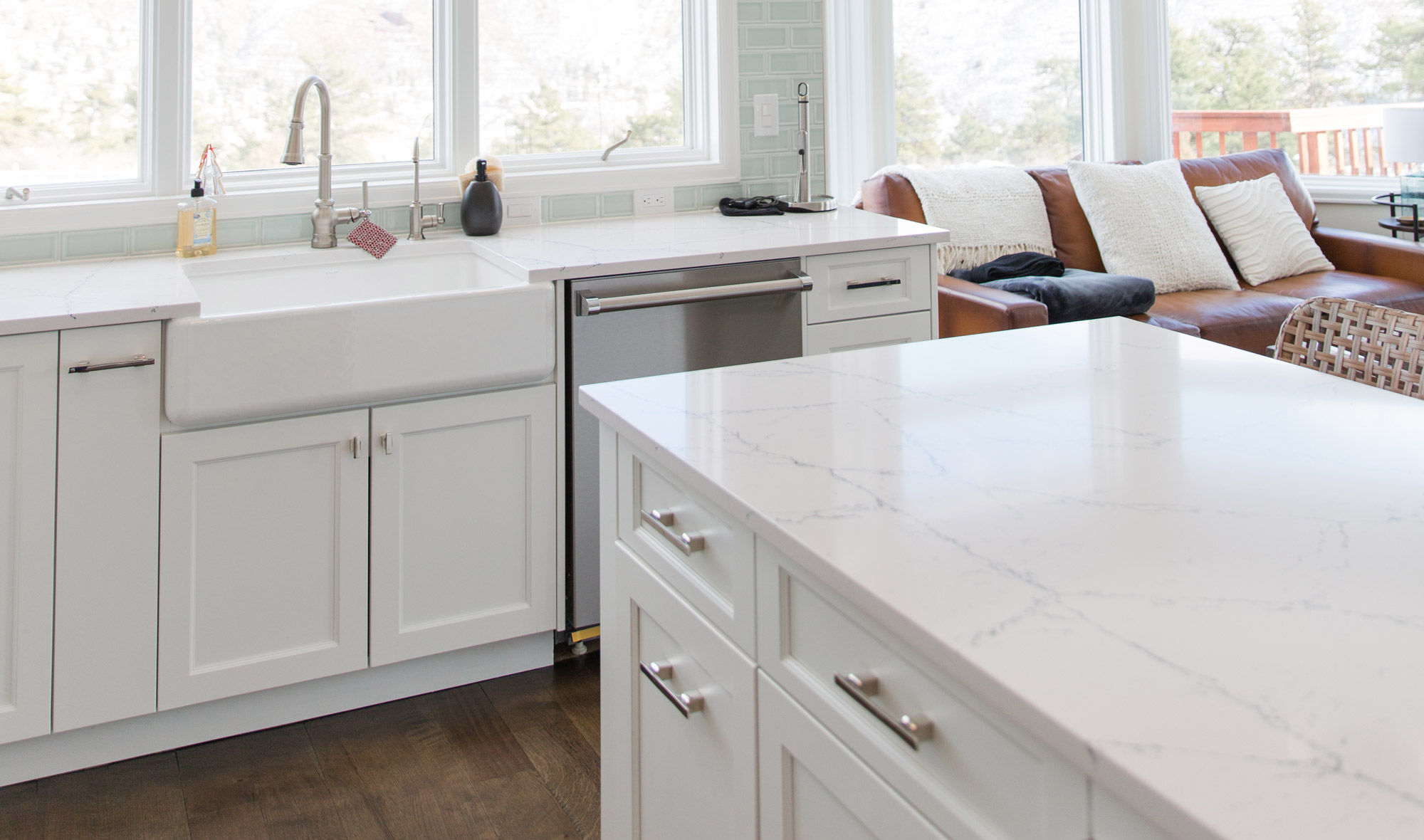
Hardware Replacement
How to Replace Hardware for Aging in Place
- Door handles. Replacing traditional doorknobs with lever-style handles makes it easier for you to open and close doors all throughout the home.
- Cabinetry and drawer pulls. Similarly, you can opt to replace small or difficult-to-grip cabinet and drawer pulls with larger, easy-to-grasp handles, making all your stored items easier to access.
- Light switches. Switch out traditional light switches with easy-to-use rocker-style switches or touch-activated switches.
- Electrical outlets. A renovation can allow you to move electrical outlets to more accessible, easy-access places throughout the home.
- Handrails. Installing handrails where desired can help you easily access the rooms you use every day.
Why This is Needed for Comfortable Aging in Place
Hardware replacement is often necessary for comfortable aging in place because as we age, these new features can meet changing abilities and needs. Simple tasks like opening a cabinet or plugging in your favorite devices should be as easy as they can be so that you don’t have to think twice about them. Ultimately, upgrading or replacing existing hardware with more user-friendly options according to your preferences can help you maintain independence and continue to live in your own home comfortably.
"You shouldn’t have to think twice about the simple features you use every single day."
Hallways and Entries
How to Renovate Hallways and Entries for Aging in Place
- Hallway & entry construction. Widening the hallways and entries to your preferences may be beneficial to remove the inconvenience of tight spaces and allow for ample space for mobility aids.
- Lighting. Good lighting is key for safe home navigation at all hours of the day.
- Flooring. Again, non-slip flooring of your preference can be installed where there is a risk of falls or tripping.
Why This is Needed for Comfortable Aging in Place
Renovating hallways and entries is a great way to accommodate for changing mobility, vision, balance, and strength abilities. Hallways can be one of the most hazardous to navigate. Like the other modifications described above, hallways and entries are both a safety and comfort measure and a way to change your home according to your personal style preferences.
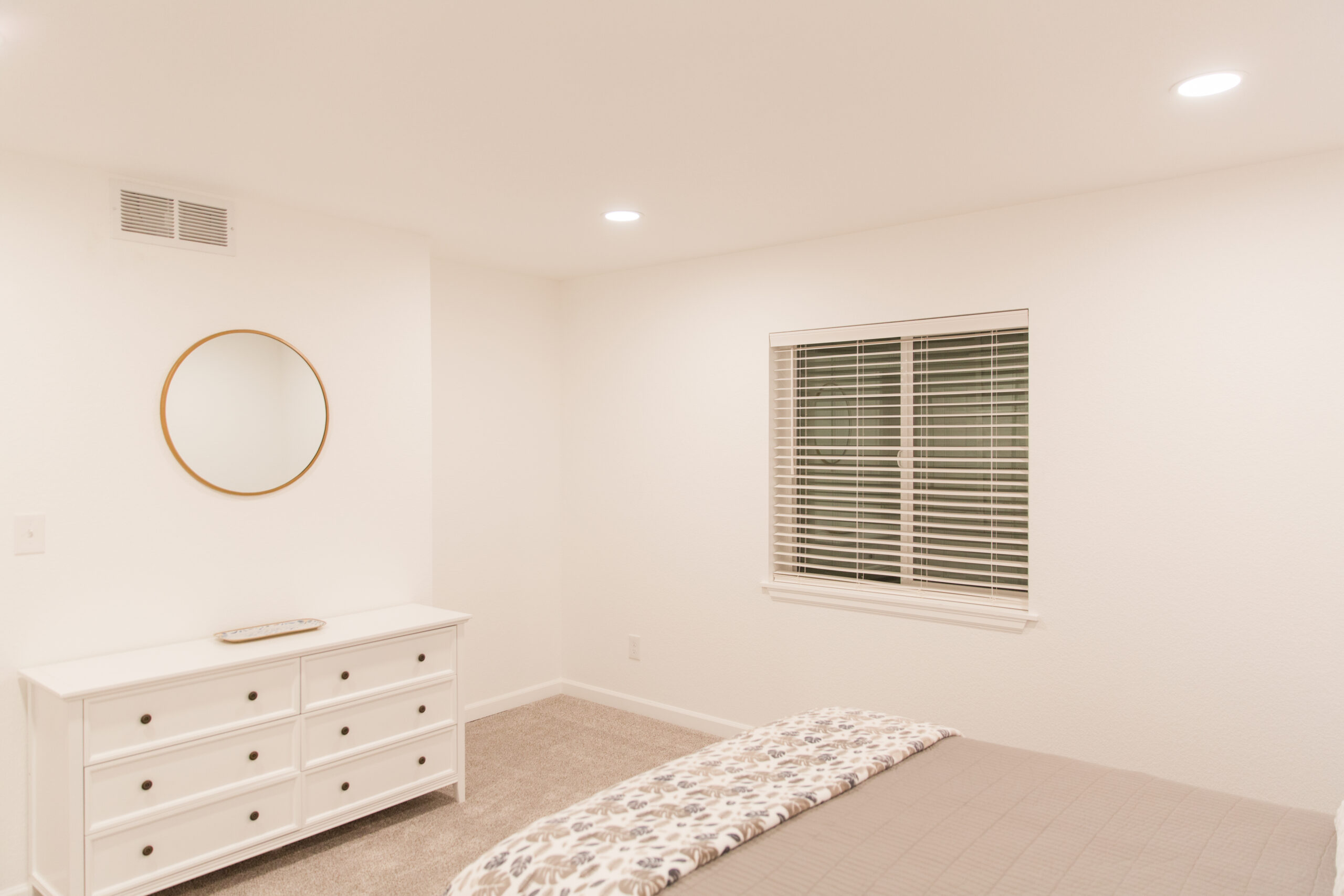
Renovation for Live-In Caregivers
It’s also becoming more and more common for caregivers to move into these residences to provide in-home care. For this reason, private living spaces can be added to the home, particularly on the basement level.
Basement finishing is one way to achieve this private living space for a live-in caregiver. A basement finisher can renovate the unused lower level to include a bedroom, bathroom, kitchenette, and everything you need to make the basement livable according to local code requirements.
See what basement finishing includes and its many benefits!
What Next?
If you’re planning for retirement in the place you call home, modifying it to suit your changing needs is the way to comfort and longevity—and we make that home renovation process easier than ever so you can take the necessary steps to do so.
See how in our guide to a stress-free remodel with a general contractor.
A complete remodel in retirement with PR Builders is simple and stress-free.
PR Builders is a general contractor specializing in whole home remodels in Denver metro and Northern Colorado—including Denver, Boulder, Fort Collins, Aurora, Lakewood, Centennial, and the surrounding local neighborhoods.
Our portfolio includes a diverse range of renovation work including everything from kitchens and basements to full interior remodels to exterior renovations and patios.

